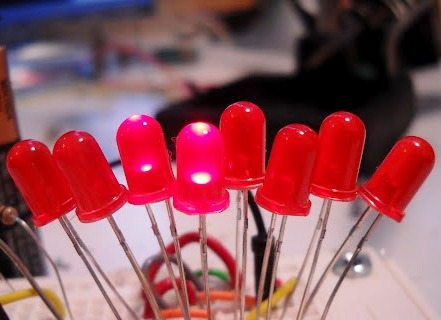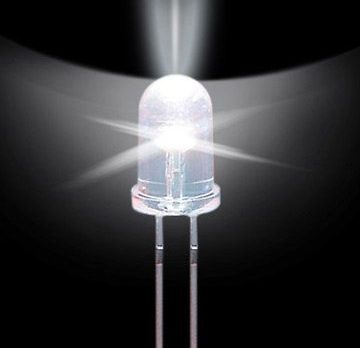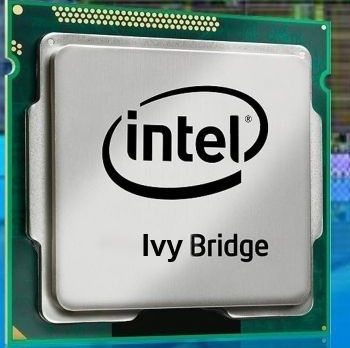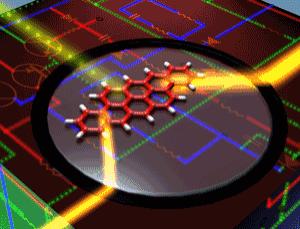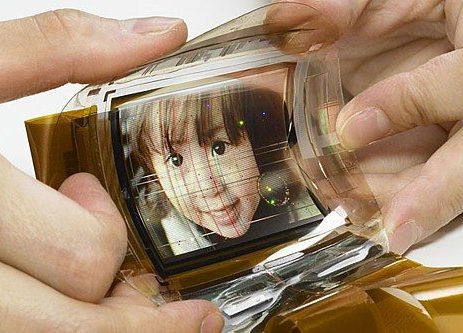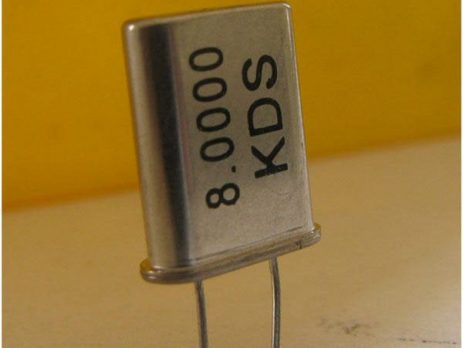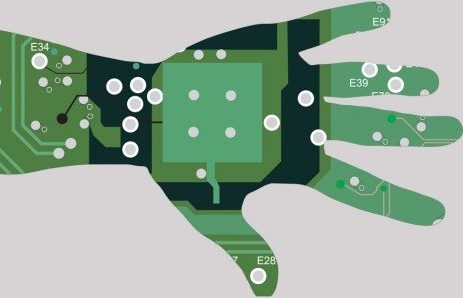LED Chaser using PIC Microcontroller
LED Chaser is a simple project for beginners that can build using PIC microcontroller. In this 8 LED are running like a Ring Counter. It is very simple and you can create different patterns as you like just by modifying the MikroC program. Here I am using PIC16F877A, one of the most popular PIC microcontroller. This tutorial is on the assumption that, you have basic knowledge in mikroC and Proteus. If you haven't please go to this tutorial. MikroC Code void main() { ...


